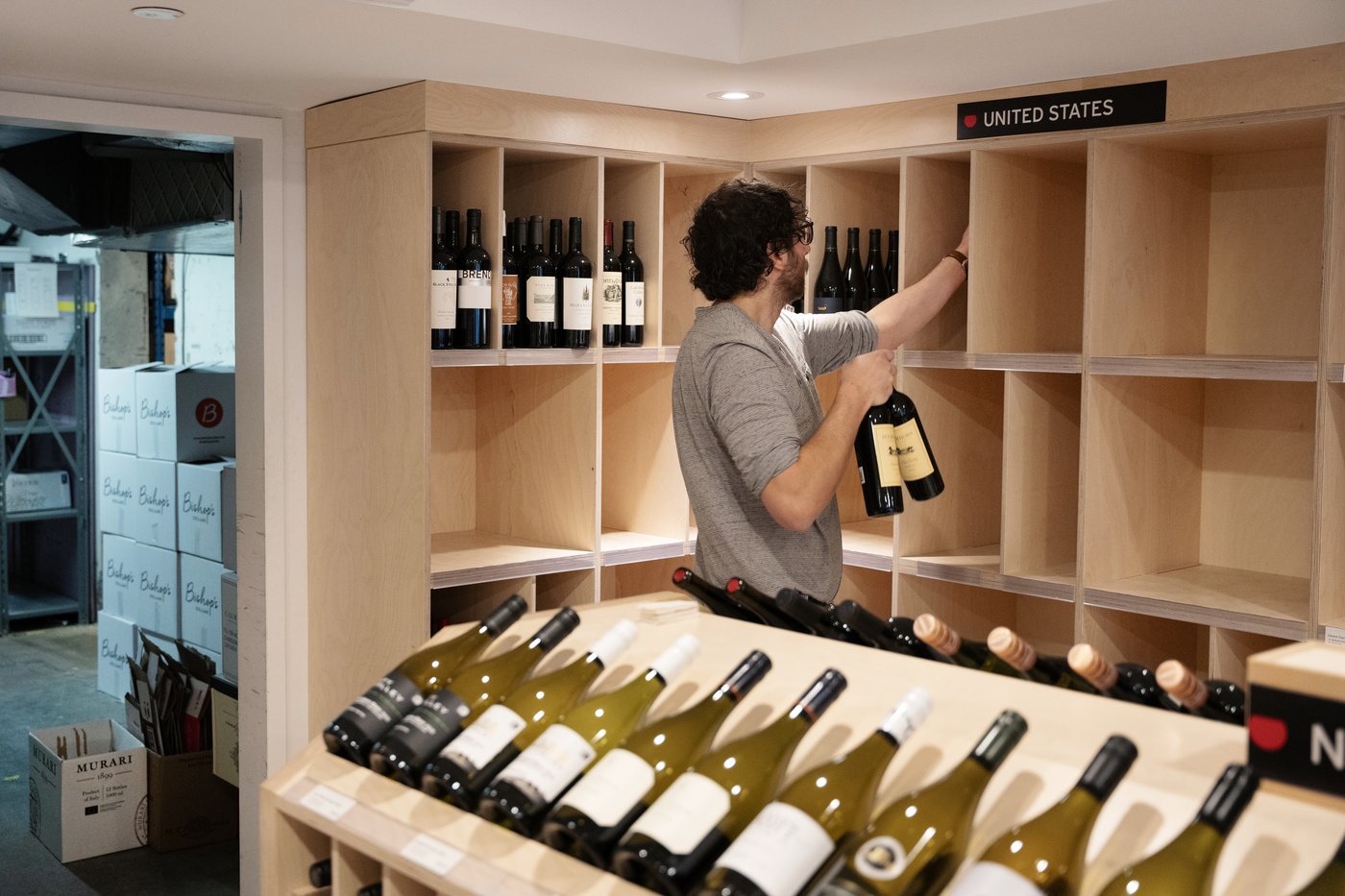Elevate your local knowledge
Sign up for the iNFOnews newsletter today!

HALIFAX — Over the summer, Narek Nersisyan saw more tourists and day trippers at his family’s winery, Holland Marsh Wineries in Newmarket, Ont.
Nersisyan, the vice-president of sales and marketing at the winery, says there was an uptick in visitors of about 10 to 15 per cent over the summer, as more newcomers sought out local tourism opportunities close to Toronto, and already loyal customers doubled down on purchasing the local wines they loved.
“The customer’s a lot more educated on the product now,” Nersisyan says. “They’ll come in, grab a glass of wine, do some tastings. Then they’ll grab a charcuterie or a pizza and hang out and enjoy the patio.” Nersisyan says he’s heard from customers that they’re seeking out more local experiences to go along with their shopping, as part of the Buy Local movement.
The initial “Elbows Up” movement started in March, after U.S. President Donald Trump repeatedly spoke about Canada becoming the 51st state, and issued tariffs on a huge number of Canadian goods. Canada retaliated, and the trade war began. Provinces pulled U.S. wines and liquors from liquor store shelves and U.S. sales in Canada fell precipitously.
In the second quarter of 2025, US wine sales in Canada fell 91 per cent, according to the California-based Wine Institute. Those sales mirror the drop in liquor and spirits, which fell 85 per cent, according to the Distilled Spirits Council of the United States. That’s a drop from $63.1 million in 2024 to just $9.6 million over that quarter this year.
That’s created a huge opening in the market, which Canadian vineyards and wineries and looking to fill.
“It’s unprecedented,” says Karl Coutinho, president of Wine Growers Nova Scotia. “None of us like the tariff talk, but the reality is we’ve got a silver lining. Here’s an opportunity for the province of Nova Scotia and the Nova Scotia Liqour Commission to really get behind local.”
Coutinho says Nova Scotia wineries have seen an uptick in sales with the lack of U.S. products in the market, but the market share is still lower than in other wine regions in Canada, namely British Columbia and Ontario. “We’re around nine or 10 per cent of wine sold at the NSLC. We’d love to see that number be more like 20 or 30 per cent.”
But maintaining a higher market share means having the supply to meet a higher demand.
“We’re dealing with a very different scale, so that’s one of the challenges when you remove a major player from the market,” says Jeff Guignard, president of Wine Growers British Columbia.
California is the major wine region in the U.S., and Guignard says there are eight wineries in California who individually produce more wine than the entire Canadian region.
Without those wineries taking up space on the shelves, Guignard says there’s an opportunity to boost Canadian sales, especially as provinces look to remove barriers to interprovincial trade. “It’s allowing us to have conversations that we never really had before, about ‘what would it look like if we could get to 50 per cent market share for Canadian wines?’ That’s something that every other major wine producing country does,” Guignard says.
“The reality is, U.S. products are going to return to the shelf. When they do, we’d love to see Canadians, and especially Nova Scotians, continue to choose local, even with other options. We’ve seen such an uptick, and we have seen the loyalty,” Coutinho says
Along with cementing more local customers, Canada has an opportunity to expand beyond the U.S., says Maria Pechurina the director of international trade with Peacock Tariff Consulting. She says that while Canada is the U.S.’s number 1 customer for wine exports, for Canada, the U.S. is only the third largest supplier, behind France and Italy. “Canada could technically offset that loss of product (from the U.S.) by buying more from Europe.”
Pechurina says Canada also has a unique opportunity when it comes to Asian markets, like China and South Korea. In China, for example, the U.S. tariffs on wine have exceeded 200 per cent at points this year. “For Canada, this could be a cool opportunity to market more to China…maybe create cool labels or do a marketing campaign where they can sell more Canadian wine to China.”
For wineries like Holland Marsh, Nersisyan says they are looking at what they might do to keep this new influx of customers. As a smaller, boutique winery, they’ve expanded to work directly with local restaurants and the have a wine club membership.
“We’re not against American wine,” says Coutinho. “The reality is, though, they just don’t need to monopolize the market. We’ve got our own industry here that could (meet) the customer demand.”
This report by The Canadian Press was first published Nov. 9, 2025.
Want to share your thoughts, add context, or connect with others in your community?
You must be logged in to post a comment.